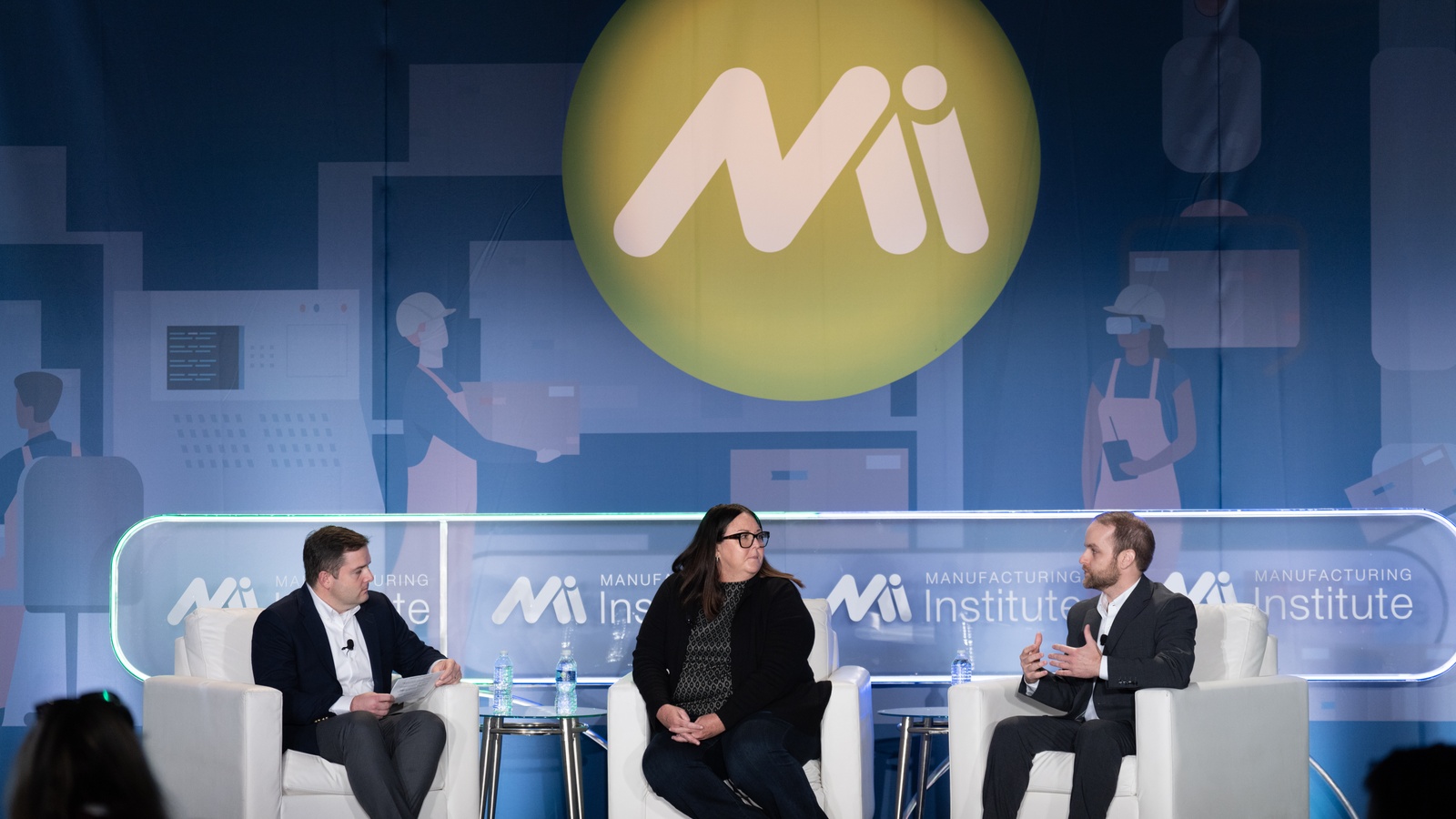What Foundations and Corporate Donors Are Looking For

Many manufacturers pour their time and money into bolstering local programs for young people, hoping to shape the next generation of manufacturing workers. But how do they determine which organizations to work with, and how should those organizations attract their attention?
At the Manufacturing Institute’s inaugural Workforce Summit, held in Cincinnati back in October, panelists from WestRock Company and Arconic Foundation shared tips for those seeking to build partnerships with potential donors.
Top of mind: Education and workforce development, environment sustainability and social equity are all funding priorities, according to the panelists. Foundations and corporate donors are interested in programs that benefit local communities and reflect their organizations’ values.
- Mandy Burnette, director of corporate giving at WestRock, emphasized that the company looks for organizations that are capable of building a long-term relationship. As she put it, “We don’t give. We don’t donate. We invest in strategic partners.”
The perfect partner: Burnette and Arconic Foundation President and Treasurer Ryan Kish discussed what they look for when making funding decisions.
- A track record of success. Can the program be replicated successfully elsewhere? If so, that’s a huge plus, according to Kish. “A great example of this is FAME,” he added, referring to the workforce development program founded by Toyota and now operated by the MI. “You don’t need to convince me that FAME works. … If I have an opportunity to replicate FAME in one of our communities, I’m going to jump on that.”
- Impact: Kish said that he was drawn to the MI’s 35 x 30 campaign because he recognized that it was impactful. “It not only aligns with our funding priorities, but it’s going to affect a huge number of women and increase [the number of] women in the workplace. That’s what we’re after.”
Taking that first step: Both Burnette and Kish agreed that organizations should talk to their local connections, who will be able to steer them to the right decision-maker in a company or foundation.
- “If you’re reaching out, have a tight story,” Kish said. “Have your project activities, your budget, your timeline and impact story well-defined when you come to a local contact so that it grabs their attention and gets them engaged with you.”
Think long term: Beyond just focusing on attracting talent for jobs of today, foundations and companies are looking increasingly to support initiatives that build talent pipelines for the future.
- “All we’re doing right now [as an industry] is fighting over the same scarce talent,” Kish said. “Take the opportunity to make an investment in early STEM education to build the pipeline, so you’re not dealing with the same problem in 5 and 10 years.”
The last word: The best way to start thinking through partnerships? “Know your end result and then back into it. That’s what we did with our strategy. We knew what we were trying to accomplish and achieve, and then we backed into it and thought about the partners that could help us get to the results that we wanted,” Burnette said.
